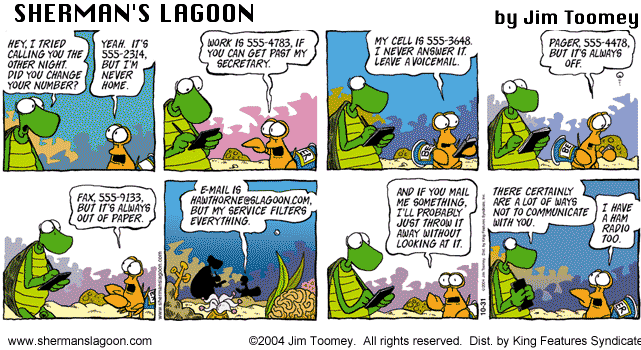Digital broadcast troublesome to some, experimental opportunity for others
A digital broadcast signal on 3995 kHz has prompted some members of the amateur community to contact
ARRL to say it's QRMing the top 10 kHz of 75 meters and asking what can be done about it. Not much. The
signal, from Deutsche Welle in Germany, is legal since radio amateurs share that part of the band with
broadcasters in Region 1 (which includes Europe). The international Radio Regulations do leave the door
open to request that the station reduce power or change its antenna pattern, however. Although the station
has been broadcasting for some time on the same frequency in conventional AM, it's attracted more notice
from hams since July, when it began testing using digital format--also referred to as "DRM," (Digital Radio
Mondiale, French for "Digital Radio Worldwide"). Programming originates from Deutsche Welle's brand-
new, all-digital broadcast center in Bonn . Of course, the vagaries of propagation will be a big factor as to
the amount of interference US hams experience at any given time. "Digital shortwave will revolutionize
cross-border broadcasts and will initiate a worldwide renaissance of radio," Deutsche Welle Director
General Erik Bettermann said this month during a panel discussion at Munich Media Days. Bettermann
says Deutsche Welle plans to gradually shut down its analog shortwave transmissions as DRM receivers
became more available globally--something not anticipated until late 2005. Meanwhile, radio amateurs
have been experimenting with programs such as HamDream, a DRM program adapted for Amateur
Radio use by HB9TLK. It enables digital voice and data transmissions using bandwidths on the order of
2.3 to 2.5 kHz.
Smithsonian Displays Amateur Satellites
The James S. McDonnell Space Hangar opened Monday, November 1, at the National Air and Space Museum's Udvar
Hazy Center near Dulles Airport. In it is a display case containing a full scale model of OSCAR, the first
amateur satellite to fly in space. It's been many years since OSCAR was on display in the Smithsonian. It
has been in storage in recent years. In the exhibit it is joined by PCsat and NUSAT-1. [AMSAT]

1 |
2 |
3 |
4 |
5 |
6 |
7 |
8 |
9 |
10 |
11 |
12
BRATS Home Page



